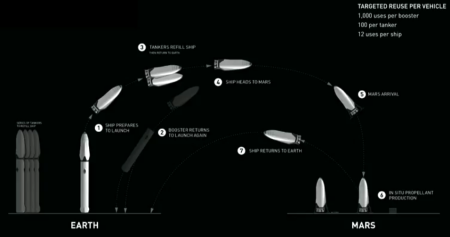Agriculture Secretary demands Americans reduce their food portions
We’re here to help you! The Obama administraton’s agriculture secretary on Monday called for Americans to stop wasting food by reducing their food portions.
Vilsack declared that “first and foremost, America can stop wasting food.”
“We can reduce portion sizes, we can have a more informed consuming public,” he said. “The USDA is providing an app that allows you to sort of go online and figure out if something’s been in the refrigerator for a couple of days, is it still OK to eat that type of thing? And if we can’t reduce it or reuse it, then we need to recycle it. So that’s one strategy that we’re working on.”
He was trying to outline ways to solve future food shortage issues as well as landfill shortages. However, this is really a case of the pot calling the kettle black. For example, I wonder if he has ever looked at the food that is routinely wasted at every Washington function at the fancy buffet tables that are made available to every participant. I doubt it. I suspect that food alone could probably feed the populations of several third world nations.
Morever, what business is it of his to tell us how much food we are allowed to eat? Since when did the federal government gain this power? Worse, I expect that every proposal that the government will try to solve the problem is only going to make it worse. Instead, the government should just shut up, get out of the way, and allow competition, freedom, and necessity to find solutions, quickly and in the most efficient manner.
We’re here to help you! The Obama administraton’s agriculture secretary on Monday called for Americans to stop wasting food by reducing their food portions.
Vilsack declared that “first and foremost, America can stop wasting food.”
“We can reduce portion sizes, we can have a more informed consuming public,” he said. “The USDA is providing an app that allows you to sort of go online and figure out if something’s been in the refrigerator for a couple of days, is it still OK to eat that type of thing? And if we can’t reduce it or reuse it, then we need to recycle it. So that’s one strategy that we’re working on.”
He was trying to outline ways to solve future food shortage issues as well as landfill shortages. However, this is really a case of the pot calling the kettle black. For example, I wonder if he has ever looked at the food that is routinely wasted at every Washington function at the fancy buffet tables that are made available to every participant. I doubt it. I suspect that food alone could probably feed the populations of several third world nations.
Morever, what business is it of his to tell us how much food we are allowed to eat? Since when did the federal government gain this power? Worse, I expect that every proposal that the government will try to solve the problem is only going to make it worse. Instead, the government should just shut up, get out of the way, and allow competition, freedom, and necessity to find solutions, quickly and in the most efficient manner.

